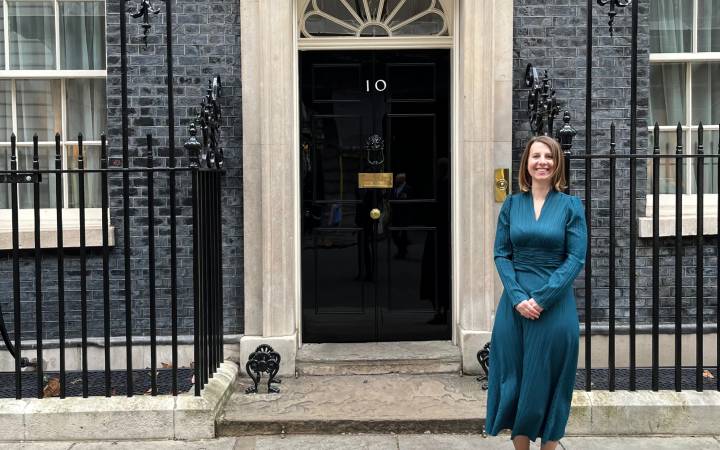Juries need direction and explanations
Posted Thursday 28 February 2013
 Professor Penny Darbyshire comments on the direction given to jurors in light of the collapse of the Vicky Pryce trial. The jury in the trial of MP Chris Huhne's former wife Vicky Pryce failed to reach a verdict on a charge relating to speeding points she allegedly took for the ex-minister 10 years ago. Mr Justice Sweeney, the judge presiding over the case, dismissed the jury after he was asked ten questions by them about the trial, which he said showed that at least some jurors had "a fundamental deficit in understanding".
Professor Penny Darbyshire comments on the direction given to jurors in light of the collapse of the Vicky Pryce trial. The jury in the trial of MP Chris Huhne's former wife Vicky Pryce failed to reach a verdict on a charge relating to speeding points she allegedly took for the ex-minister 10 years ago. Mr Justice Sweeney, the judge presiding over the case, dismissed the jury after he was asked ten questions by them about the trial, which he said showed that at least some jurors had "a fundamental deficit in understanding".
I have served as a juror, written fairly extensively about juries and, since 2002, spent many days each year observing Crown Court trials, while putting together a portrait of judges' working lives for my book Sitting in Judgment.
During this time, I had ample opportunity to observe jurors from my seat on the bench, next to the judge. Most juries do not ask any questions and research shows they are generally too inhibited to do so. When juries have asked questions in the trials I have observed, since 2002, the judge normally lets me read them and there are more intelligent questions than irrelevant ones.
In a paper I wrote in 2001, for Lord Justice Auld's Criminal Courts Review, I urged that the standard jury directions should be simplified and that judges should give written directions to juries. In 2001, written directions were rare but most of the 37 circuit and High Court judges I interviewed a few years later were keen to give word-processed directions (sometimes in every trial) and they were very good at using flow charts and diagrams to help the jury do their job. They also took great pains, often working late into the night, to summarise the evidence for the jury in plain English. In this case, the High Court judge gave written directions.
In my paper I recommended that the standard jury directions should be simplified and 'road tested' on real people, as they are in America. Unfortunately, though, this has not been done.
Research in 2010 for the Ministry of Justice found that only 31 per cent of jurors understood the directions fully. One of the problems in the Vicky Pryce case was the jury's confusion over the meaning of "beyond reasonable doubt". In my 2001 paper I criticised the standard direction on this, which requires the judge to tell the jury that they must be 'sure', which I do not think is the same thing as being 'sure beyond reasonable doubt'.
Inevitably, some jurors now go looking for absolute proof before they are prepared to convict, which is, of course, impossible, because they did not witness the alleged crime and nor can they know the defendant's state of mind. At this time, I also recommended that very common directions, like the meaning of 'beyond reasonable doubt' should be placed on posters on the jury room wall. This also has not been done.
It is very rare indeed for judges to comment on a jury as Mr Justice Sweeney did in this case. Judges are very strong supporters of the jury system and make huge effort to put them at ease, address them politely and explain everything to them in simple terms.
Professor Penny Darbyshire is based at Kingston University's Law School and has a particular specialism in the English legal system and criminal justice, especially judges, magistrates, magistrates' clerks, juries, and plea bargaining.
Contact us
- For non-student research enquiries, email the Research Support Office
- Research Support Office contacts
- Graduate Research School contacts
- Business and Enterprise Centre contacts
- How to get to Kingston University



